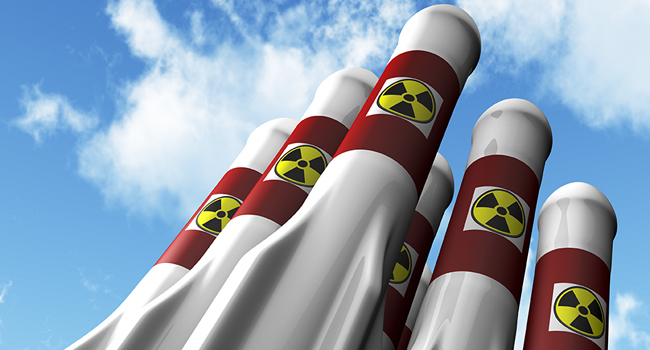
Should Nuclear Missiles be on 'High Alert?'
I was reading through the news today and I got a bit concerned about cybersecurity and nuclear war, primarily because they were in the same sentence. The assumption is that taking U.S. and Russian missiles off high alert could prevent a possible cyberattack from starting a nuclear war.
At first, I thought, “Well, then, just put them on ‘low alert’ or whatever the opposite of ‘high alert’ would be,” but as I read, I learned that neither country is willing to increase lead-time to prepare the weapons. All they would have to do is add a longer fuse, and it can be done without eroding the deterrent value of the weapon. Apparently, there are some hard feelings at steak.
Even though the Obama administration has considered but rejected this idea, after Russia’s intervention in eastern Ukraine, there are some hard feelings and deteriorating U.S.-Russian relations. The U.S. doubts that Moscow would agree to pursue this or any other nuclear arms control measure at this time. These two countries also seem to be at odds over the U.S. accusing Moscow of violating a treaty that bans medium-range nuclear missiles.
So is the age-long battle between U.S. and Russia, but the part that’s scary is that hostile nation-states could pose a huge threat, even more so than the Pentagon has improved its cyber defenses.
Hackers are getting more and more sophisticated by the day, and it is possible that they are able to hack into nuclear command and control systems. No doubt that this would probably start World War III, but I would hope that hackers have a heart, too, and don’t want to see themselves much less their families and friends hurt in the aftermath.
Just the thought of an unauthorized launch of these weapons makes me uneasy.